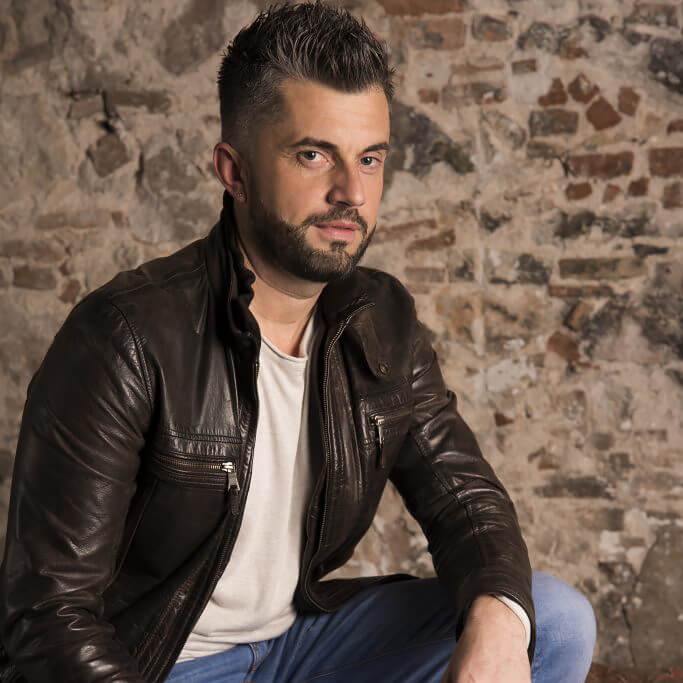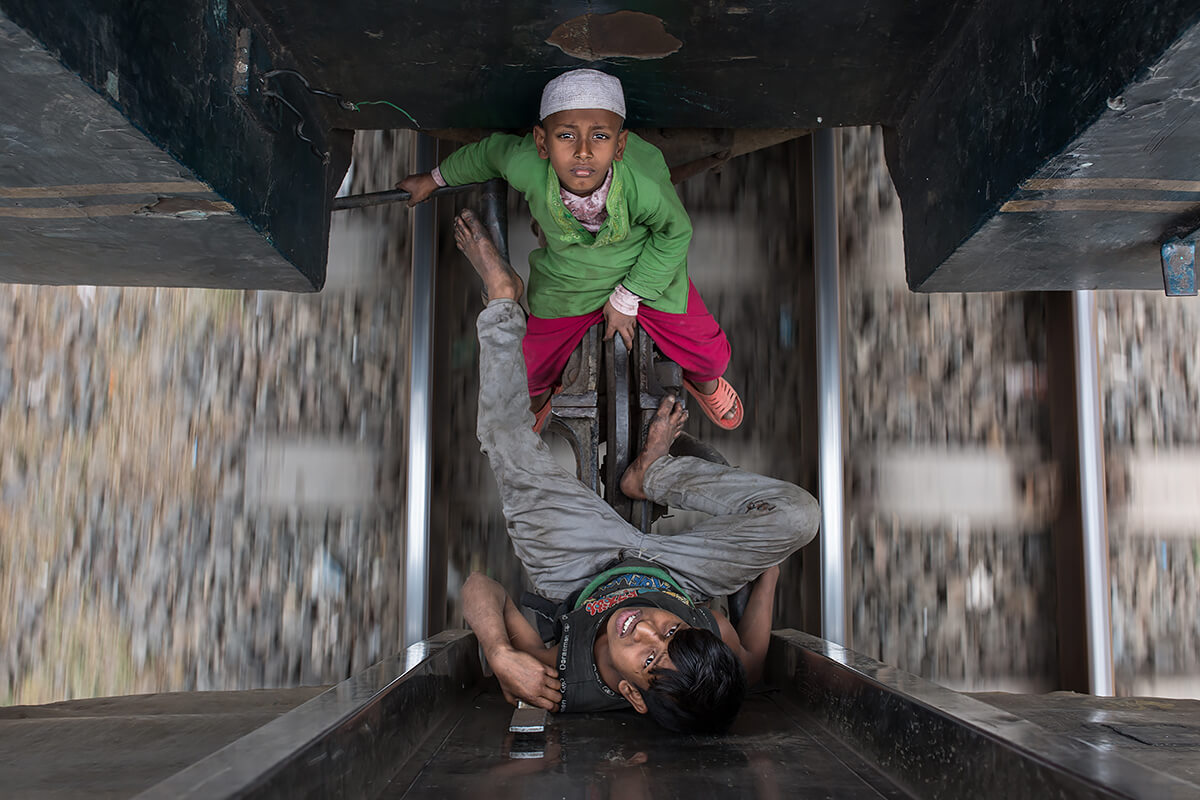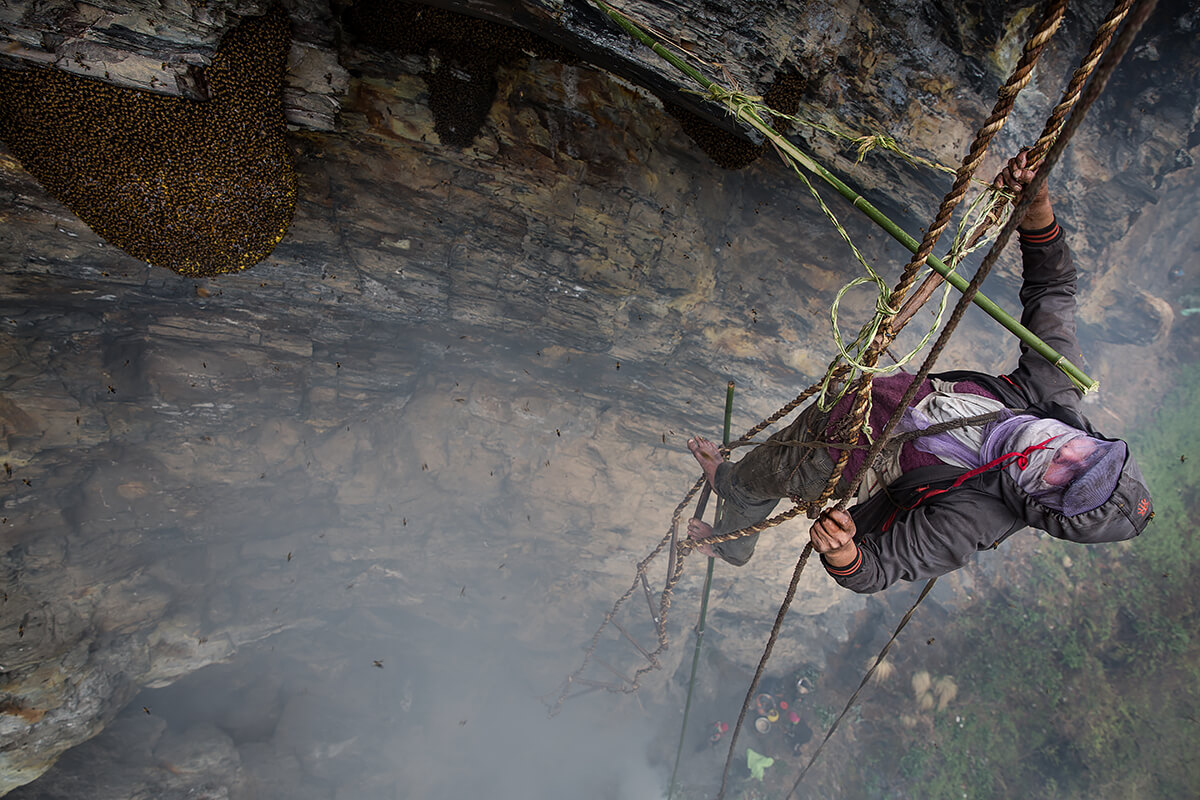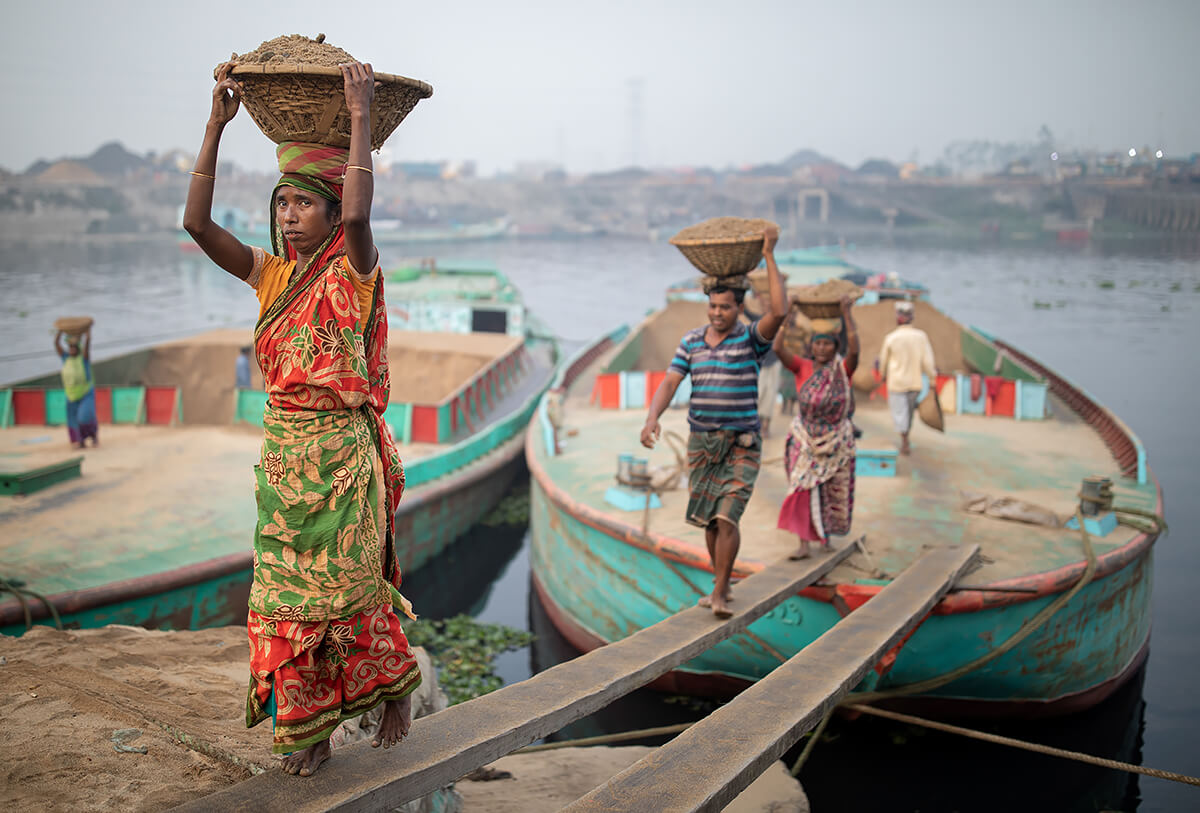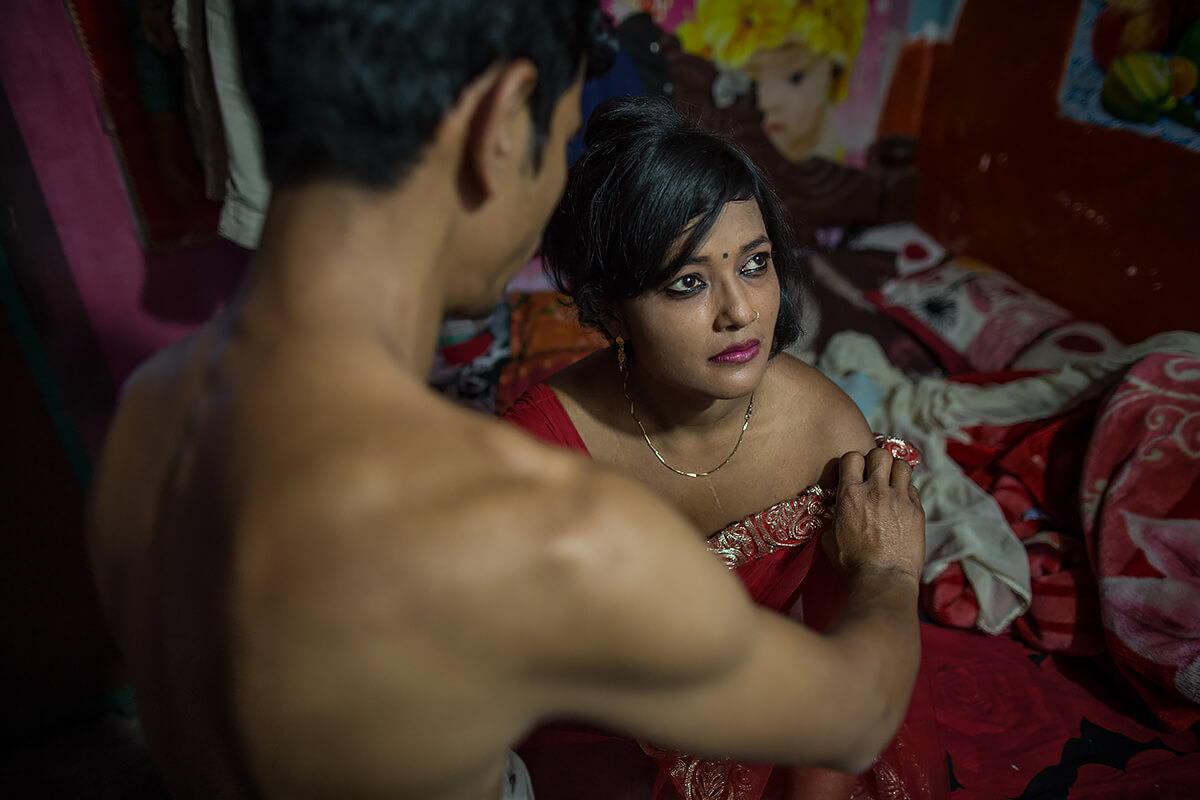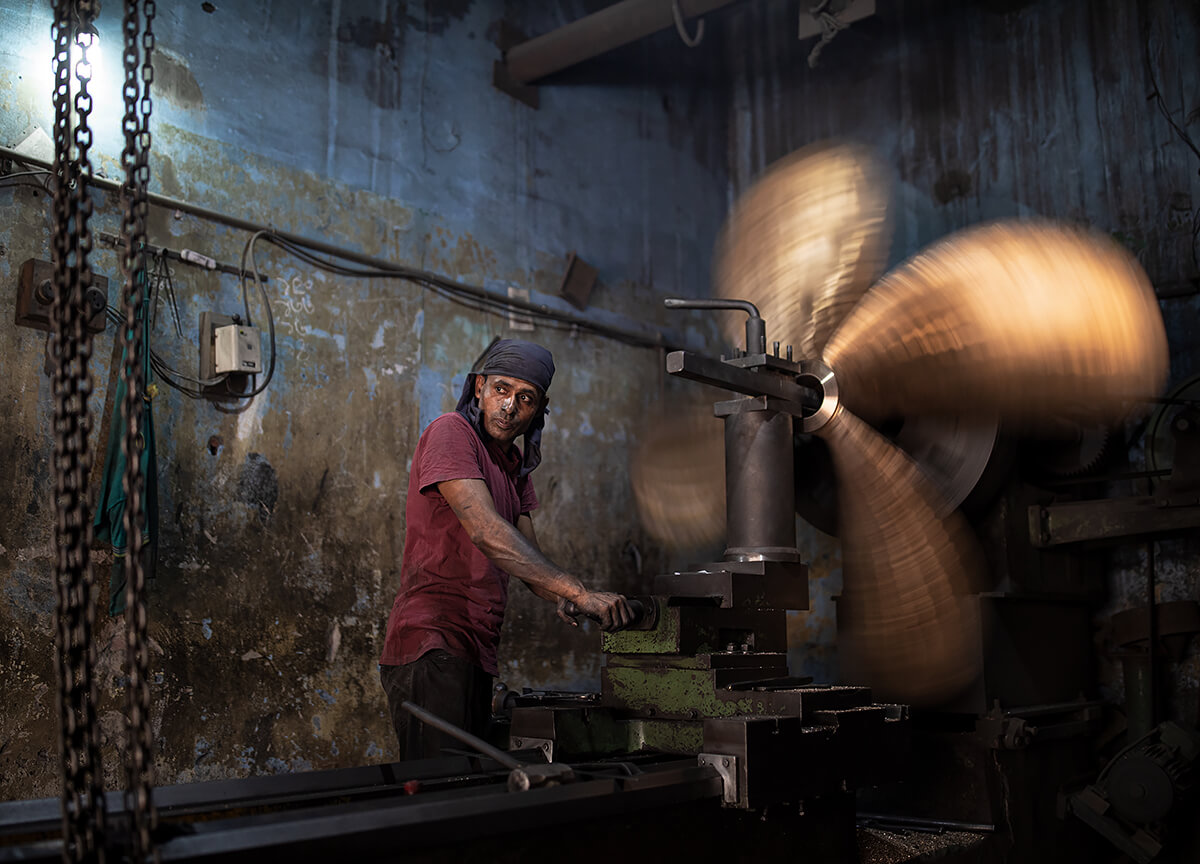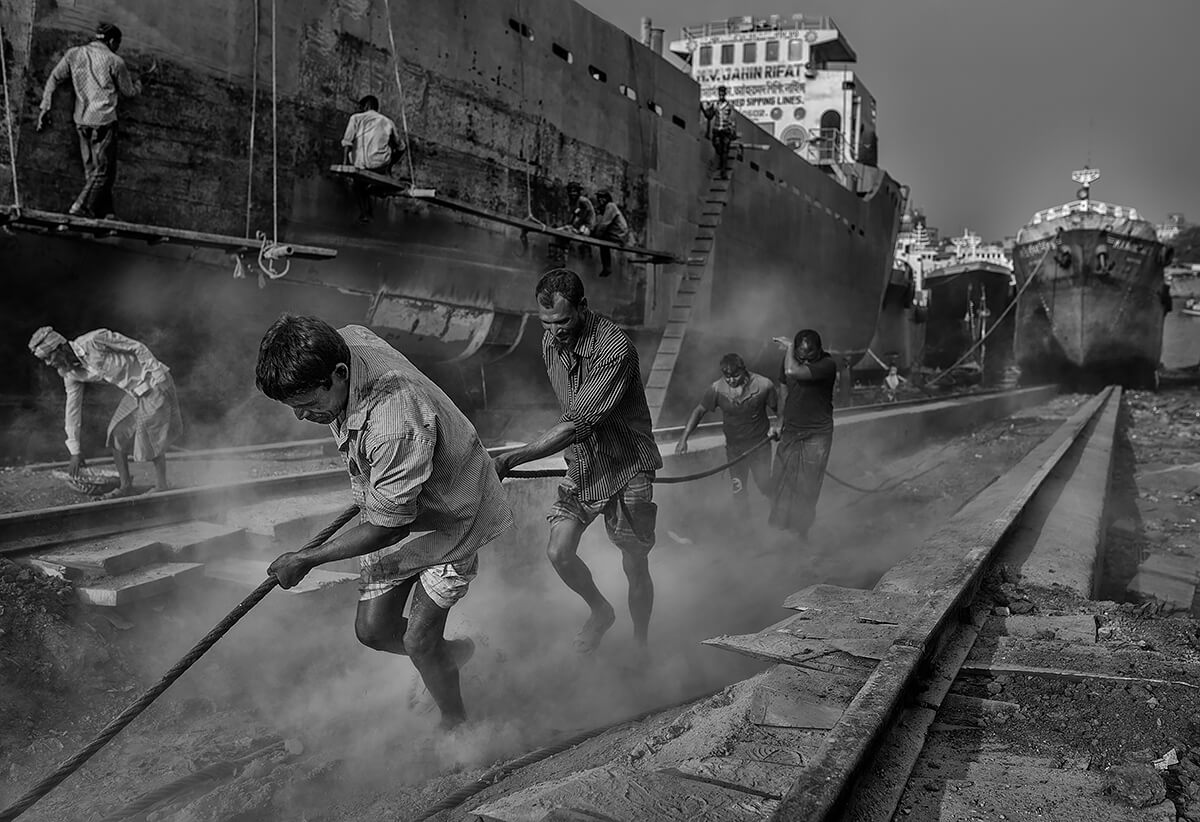Mauro De Bettio is an Italian photographer who lives in Spain. His pictures are a visual story able to highlight unseen or ignored realities, a vital tool that can help bring about social changes. He is the winner of
AAP Magazine 11 Travels. We asked him a few questions about his life and work.
All About Photo: Tell us about your first introduction to photography. What drew you into this world?
Mauro De Bettio: I already felt from a young age the desire to tell. I discovered that the camera was the right tool for me, the eye through which I could speak to the world. The perfect instrument that began to walk by my side towards a long journey of discovery around the world.
Where did you study photography?
I have never attended schools or courses. Definitely, to grow by myself, without the influence of courses and lessons has slowed down the process of technical knowledge, but because of this I learned my own way of seeing and been formed and shaped by the environment and the people who surrounded me in my long travels.
Do you remember your first shot? What was it?
I took my first portrait during my first trip to India. I remember this Sadhu asking me if I could take a picture of him, while we were sitting drinking tea. Only once I got home I realized the power of that portrait. Even I couldn't believe I had taken it. That shot was also published in National Geographic magazine.
How do you prepare for your trips?
To choose a project is always a long task. Before I start my project I do a long research trying to discover rare or untold reality around the world. I want to tell a story and create an image able to incite emotions. Everything starts many months before leaving. After I find a project that has potential, it takes a while to be able to understand where to go, when to go and the gears I need. But is exactly this what it cost to be able to tell something new and original.
FREE RIDERS - Taj and Akash travel every day from station to station with their mother begging to make a living. Train surfing is not without risk, but is a common form of transportation in Bangladesh. People have suffered electrocution, severed limbs, falling onto the tracks and colliding with tunnels. However, this cannot stop them jumping onto moving trains, and running away from the police bamboo sticks becomes a daily routine.
All the projects that I have made throughout my career are all projects that I have chosen and that I have personally financed.
You have traveled in many countries, is there one that marked you more than others?
India is the land that has been and will always remain closer to my heart.
What was your biggest challenge so far?
Definitely the project I realized in Nepal about the honey hunters it was the most difficult to realize. First of all for the place. Far away and very difficult to reach. And above all for the realization of the photos, since I was hanging on a ladder hanging on a cliff over 100 meters high.
SWEET GOLD - There are rare tribes in Nepal that have been haunting honey from Himalayan cliffs for centuries. A tradition that's carried on for generations. Wrapped in a tornado of angry giant bees, hanging with bare hands to a bamboo rope hundreds of meters high, these people risk their lives to collect the precious spring ‘red honey’, famous for its medicinal, aphrodisiac and hallucinogenic properties.
I'll be honest, I often found myself in difficult situations but I have no bad memories. Not even one.
Do you travel alone?
First of all, travelling alone exposes you to raw experiences where you get to know the person inside you, discovering the importance of following and listening to your own heart. Being on your own on the road helps you gain valuable skills and turn you into a more confident person. Second, when I am on the field realizing my projects I become another person. I am very serious, determined and very demanding. It can happen that I wait for whole days just to make a shot and in those moments I don't want compromises and risk losing the moment.
Why do you work mostly in color?
I love b&w very much, in fact many of my shots and projects are made this way. But I often choose the colour representations, especially for Asia, whose peculiarity is precisely the explosions of colors that make it unique. Colors can attract the viewer's eye to particular parts of the image and convey relationships between subject matter.
SAND PORTER - One of the many women working as a sand porter on the outskirts of Dhaka, Bangladesh. Women have always been and will continue to be the true symbol of strength and bravery.
I am very loyal to Canon. I have been using their equipment for years and I must say that it has never betrayed me.
Canon 5D mk IV
Canon EF 24mm f/1.4L USM II
Canon EF 35mm f/1.4L USM II
Canon EF 85mm f/1.4 L IS USM
Canon EF 24-70mm f/2.8 L USM II
For a couple of years I've been using also a medium format camera. It's heavier and slower but it's able to obtain extremely high-quality images and deliver near-perfect accuracy when it comes to color reproduction.
Phase One XF with IQ250
Schneider Kreuznach 55mm f/2.8
Do you spend a lot of time editing your work?
Editing is the final part of a long and tiring job so yes, I spend a lot of time in this phase and be sure to get to perfection out of it.
HIDDEN ANGELS - Doulatdia, the biggest brothel in Asia, a gigantic trap with over two thousand shacks, each housing a prostitute.
Many years ago, when I started to seriously deal with documentary photography I met many people on my way who advised me to take photography only as a hobby. Telling me that nowadays nobody lives on photography. This is something that has discouraged me for a long time. The best opinion I can give, then, is this: listen and get carried away only by what your heart tells you.
What mistake should a young photographer avoid?
Nowadays I see more and more people who worry about spending a lot of money on the best equipment, on the latest lighter and powerful camera. And then complaining that they don't have a budget to travel. I say this with certainty because I made this mistake too. To someone who wants to take this path, that of the travel and documentary photographer, I say that gears are not essentials to obtain good results. And to concentrate time, money and strength to create a story.
RUST AND SWEAT - Char Kaliganj, slum and home to one of the largest shipyards in Asia. Rusty, old supertanker ships come to die in this place when their lives as vessels on the ocean expire. The age of labourers ranges from 8 to 80 and they all work together. The work is hard, crude, dirty and dangerous but it gives thousands of them employment and wages to feed their families
With all that has occurred in the last months many of the projects I had planned have changed. This, however, also allowed me to look at more short range, making me realize that even in front of the door of my house there is a world to tell. Soon I will start a project in collaboration with a center that takes care of homeless people in Barcelona, where I'm based right now.
An anecdote you would like to share?
I would have many stories to tell but this in particular I think is also a teaching on how, sometimes, the most beautiful experiences are the unexpected ones. A couple of years ago I decided to photograph the “Bear dance”, an ancient festival that takes place in northern Romania. I planned everything months before. I contacted a person who offered to host me at his home and help me with the project. Everything went wrong from the start! The flight was canceled and I had to leave the next day. When I arrived in the capital, the roads were closed because of the snow, so I had to take a train. And when I finally arrived in the small remote village in the mountains, right the night before the festival, the worst surprise: the person who offered to help asked me for a lot of money in exchange for his help. An offer that I had to refuse because I couldn't afford it. I was so disappointed that I wanted to go home. The next morning I went out and started walking on a deserted street. When I saw a car arrive (I think the only one that passed by that day) I decided to hitchhike. The old man did not understand my language but he understood where I wanted to go and he took me to the festival. One of the photos I took that day became one of my most successful images, that has won numerous awards.
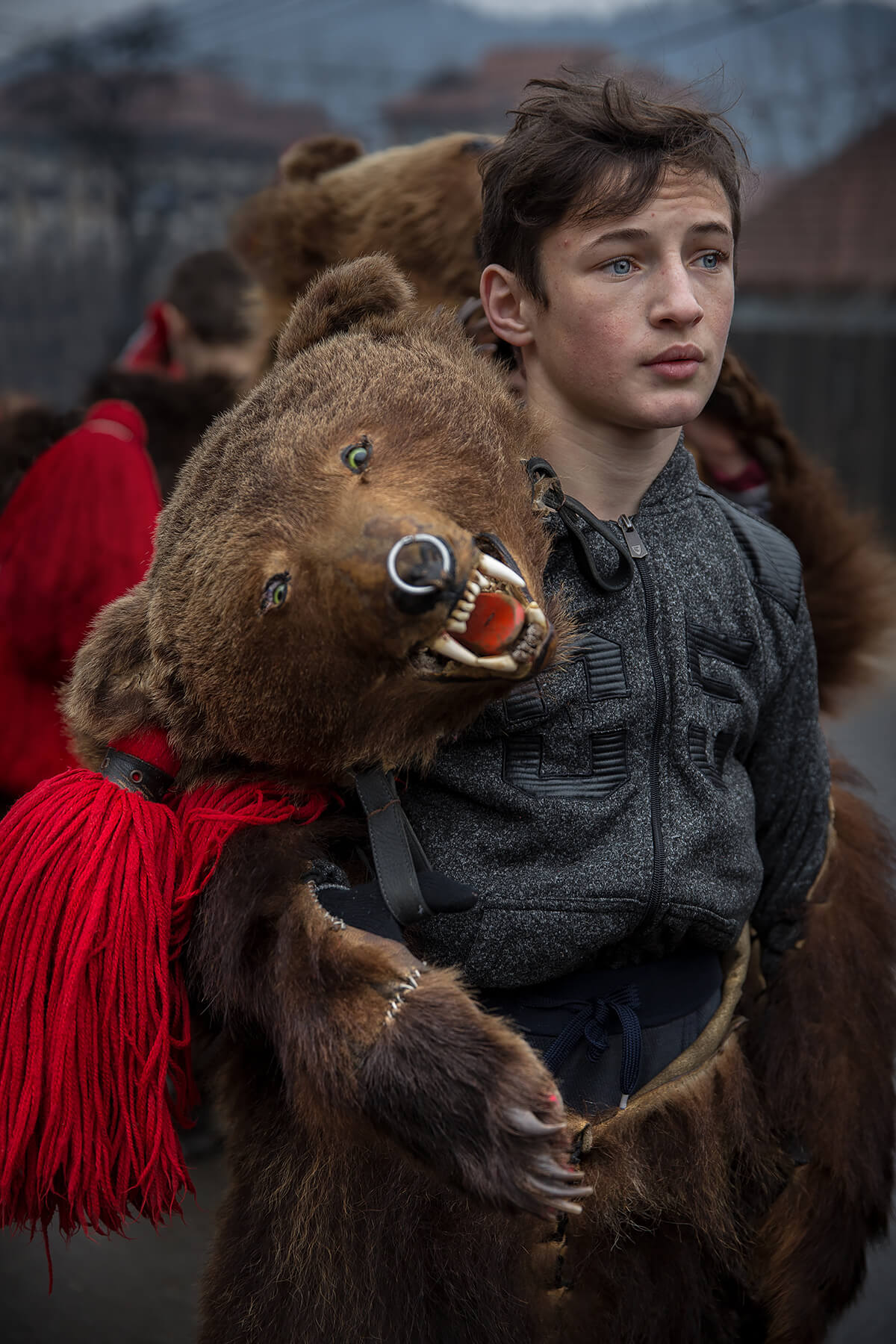
CHASING SPIRITS - The Bear festival is an annual tradition taking place every winter when New Year is approaching, Men and women of all ages dress in bear skins and dance to the rhythm of flutes and percussion to drive away evil spirits and welcome the New Year. The show is called Ursul, The Bear Dance Festival, and is a ritual that symbolizes the death and rebirth of time. A tradition, preserved since ancient times that is still kept alive today.
RUST AND SWEAT - Char Kaliganj, slum and home to one of the largest shipyards in Asia. Rusty, old supertanker ships come to die in this place when their lives as vessels on the ocean expire. The age of labourers ranges from 8 to 80 and they all work together. The work is hard, crude, dirty and dangerous but it gives thousands of them employment and wages to feed their families.
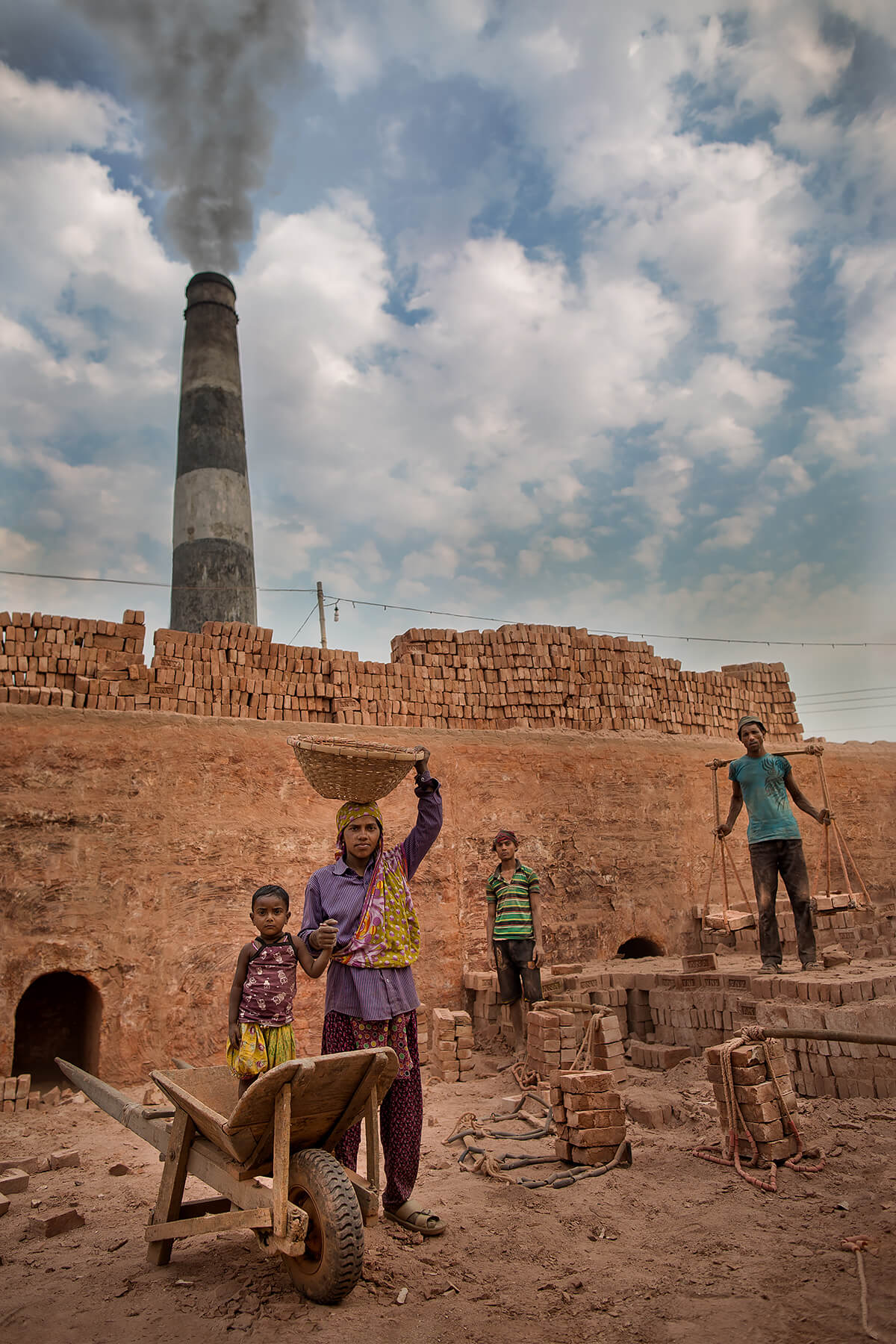
BUILDING A NEW WORLD - 19 year old brick factory worker, Rahima, poses for a picture holding hands with her young child, together with brother and husband at the site of her work in Baliarpur, Dhaka. Because workers are paid according to the number of bricks they produce, the work attracts whole families: from the grandfather to the grandson of a few years. A pair of extra hands, even when they belong to children, are always useful. Once in a while Rahima finds the time to sit above a stack of bricks to breastfeed her baby. A magic moment of quiet and peace in between the infernal heat that radiates the furnace and the fine dust that sticks to their skin.
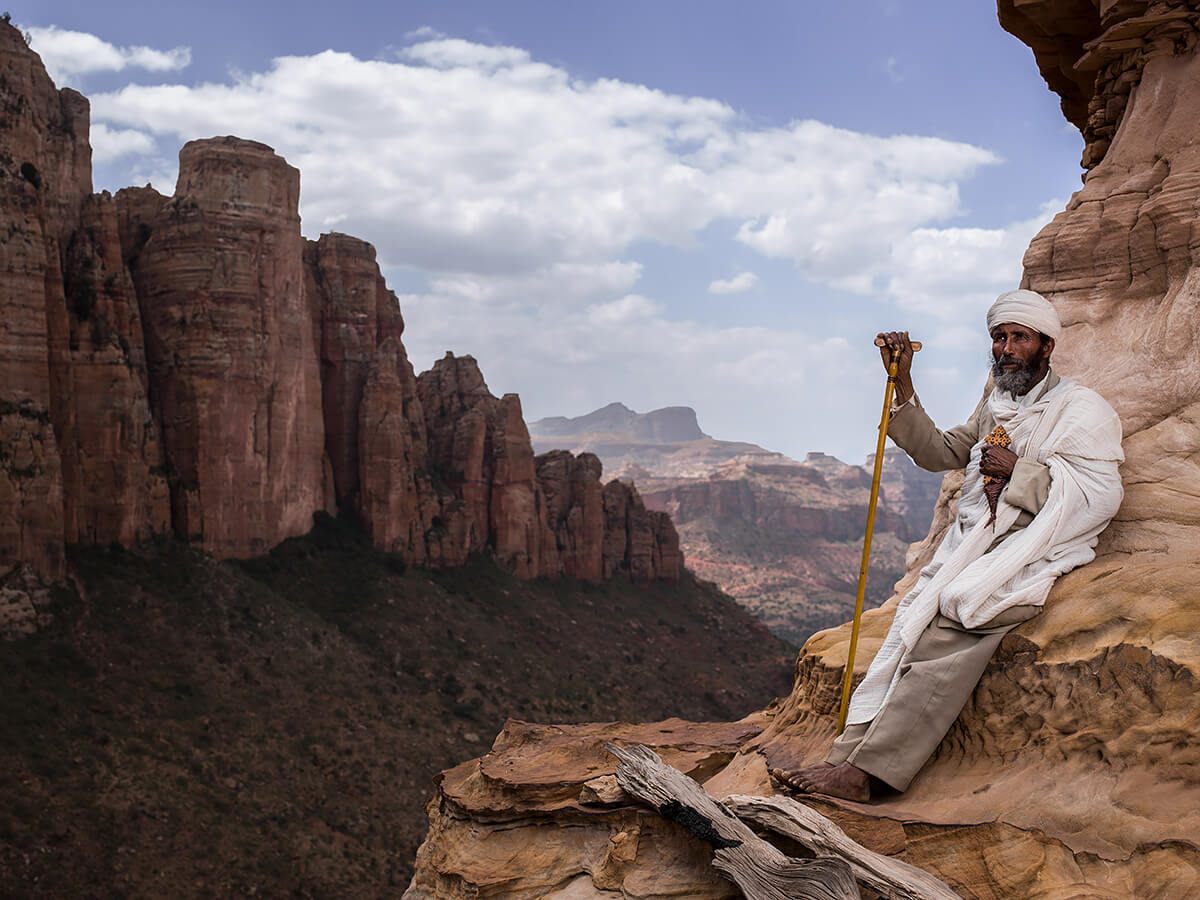
CLOSER TO HEAVEN - Ethiopia's 'church in the sky' is arguably the most inaccessible place of worship on earth, perched on top of a vertical spire of rock and 200m drops on all sides. The monolithic church, located in northern Ethiopia in the Tigray region, is 2,600m high and must be climbed on a vertical rock with bare feet to reach it, making you wonder how families grit it out to visit the church for Sunday services.
